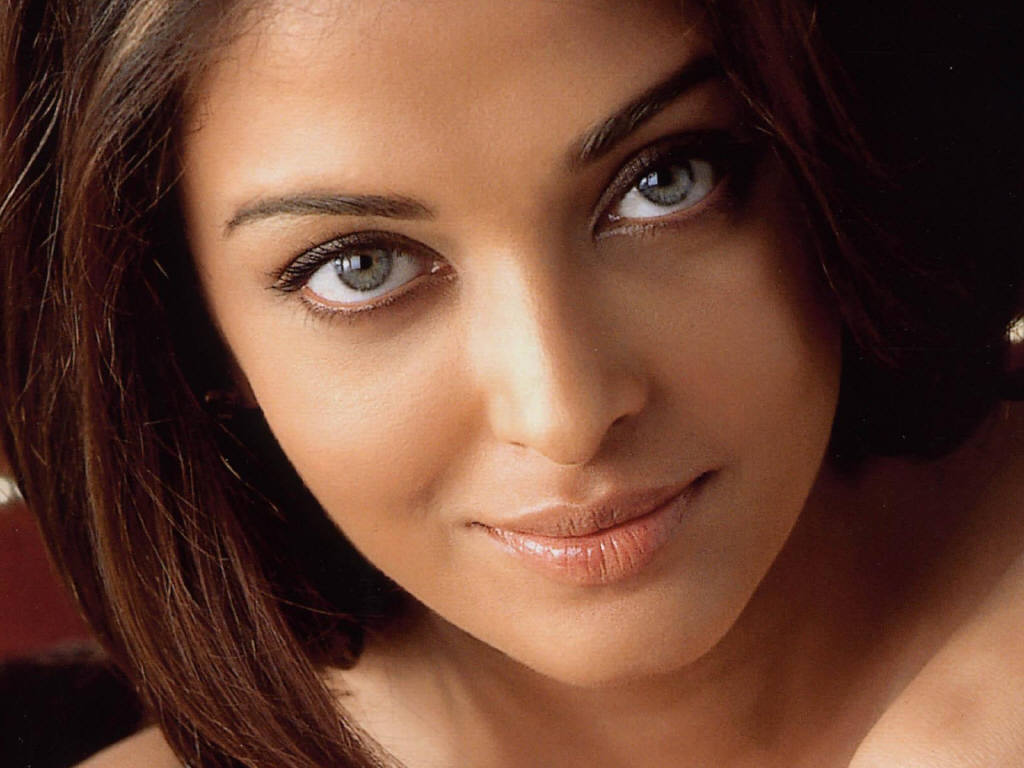In the realm of beauty, the title of "most beautiful woman in the world" has been a subject of fascination for many. Beauty, being a subjective concept, varies across cultures and personal preferences. This article delves into the criteria that define beauty, the influential figures often regarded as the most beautiful, and the impact of beauty on society.
Throughout history, various women have been celebrated for their beauty, charm, and charisma. From classic Hollywood stars to modern-day influencers, this title has evolved significantly. In this article, we explore the attributes that contribute to this title, along with a look at some of the women who have held it through the ages.
This exploration not only highlights the aesthetic aspects of beauty but also addresses its implications on self-esteem, societal expectations, and the evolving standards of beauty. Join us as we embark on a journey to discover what truly makes someone the "most beautiful woman in the world."
Table of Contents
- Criteria of Beauty
- Historical Beauty Icons
- Modern Beauty Icons
- Impact of Beauty on Society
- Cultural Differences in Beauty
- The Role of Media
- Self-Esteem and Beauty
- Conclusion
Criteria of Beauty
The criteria that define beauty can be multifaceted and often subjective. Traditionally, beauty has been associated with physical attributes, but it encompasses much more.
- Symmetry: Often regarded as a universal standard of beauty, symmetrical features are frequently cited in studies of attractiveness.
- Skin Quality: Clear, healthy skin is a common trait associated with beauty.
- Facial Structure: Certain facial structures, such as high cheekbones and a well-defined jawline, are often celebrated.
- Confidence: Confidence can significantly enhance a person's attractiveness, making them appear more beautiful to others.
- Personality: Traits such as kindness, humor, and intelligence can elevate someone's perception of beauty.
Scientific Perspectives on Beauty
Various studies have aimed to quantify beauty, utilizing mathematics and psychology. For instance, the "Golden Ratio" has been used by artists and scientists alike to define physical beauty.
Historical Beauty Icons
Throughout history, certain women have been immortalized for their beauty and allure. Some of the most notable figures include:
- Cleopatra: The last active ruler of the Ptolemaic Kingdom of Egypt, she was known for her intelligence and charm.
- Marilyn Monroe: A cultural icon of the 20th century, her image continues to symbolize classic beauty.
- Audrey Hepburn: Renowned for her elegance and grace, she is still celebrated in modern media.
Modern Beauty Icons
In contemporary society, beauty icons have expanded to include influencers, models, and actresses who resonate with younger generations. Some of these figures include:
- Angelina Jolie: Known for her humanitarian work as well as her striking features.
- Beyoncé: Celebrated not only for her talent but also for her beauty and influence.
- Emma Watson: An advocate for gender equality, she embodies modern beauty standards.
Beauty and Diversity
The modern beauty landscape is also characterized by a broader acceptance of diversity, recognizing beauty in all forms, shapes, and colors.
Impact of Beauty on Society
Beauty has profound implications in various societal contexts, affecting everything from personal relationships to career prospects.
- Social Dynamics: Attractive individuals often receive preferential treatment in social settings.
- Professional Advantages: Studies have shown that attractive people may have better job opportunities and higher salaries.
- Media Representation: The representation of beauty standards in media can shape societal norms and self-perception.
Cultural Differences in Beauty
Beauty standards vary widely across cultures, influenced by factors such as geography, history, and tradition. Here are some examples:
- Western Beauty Standards: Often emphasize youth, symmetry, and slenderness.
- Eastern Beauty Standards: In some Asian cultures, lighter skin is often preferred, reflecting historical and cultural values.
- African Beauty Standards: Features such as fuller figures and natural hair are celebrated in many African cultures.
The Role of Media
Media plays a crucial role in shaping perceptions of beauty. Social media, in particular, has transformed how beauty is defined and celebrated.
- Influencer Culture: Social media influencers have the power to set beauty trends and standards.
- Representation: Increased representation of diverse beauty in media is reshaping societal standards.
- Criticism of Unrealistic Standards: Movements advocating for body positivity challenge traditional beauty norms.
Self-Esteem and Beauty
The relationship between beauty and self-esteem is complex. While beauty can enhance self-confidence, unrealistic beauty standards can lead to issues such as:
- Body Image Issues: Many individuals struggle with their self-image due to societal pressures.
- Mental Health: The pursuit of unattainable beauty standards can contribute to anxiety and depression.
- Empowerment through Acceptance: Embracing one's unique beauty can foster self-love and confidence.
Conclusion
In summary, the title of the "most beautiful woman in the world" encompasses more than just physical attributes; it embodies a blend of confidence, personality, and cultural significance.
As beauty standards continue to evolve, it's crucial to recognize and celebrate the diversity of beauty in all its forms. We encourage readers to reflect on their perceptions of beauty and embrace the uniqueness within themselves and others. Share your thoughts in the comments below and explore more articles on our site!
Thank you for joining us on this exploration of beauty. We hope to see you again soon!
Genevieve Reno: The Rising Star Of Hollywood
Brie Larson Hot: The Rise Of A Hollywood Star


